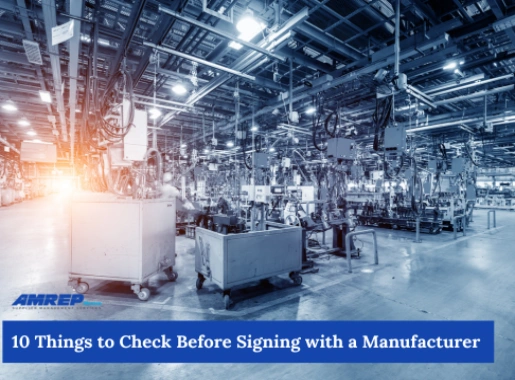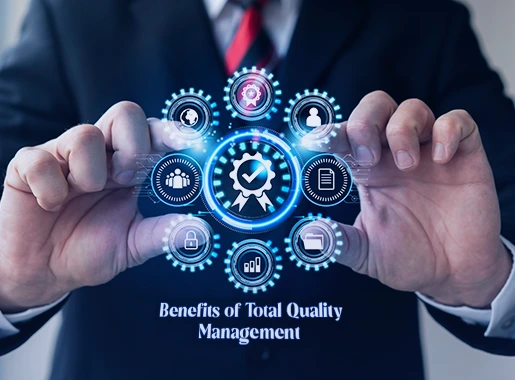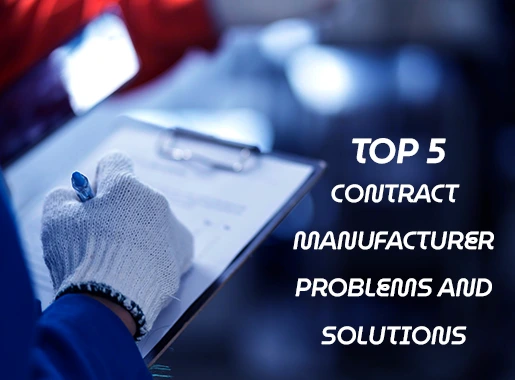First-Time Working with Suppliers in Thailand? Here’s What You Need to Know
Thailand has emerged as a strategic sourcing destination in Southeast Asia. Its robust manufacturing ecosystem, competitive labor costs, and improving infrastructure offer a compelling alternative, especially for businesses seeking more agile and resilient supply chains. In this guide, you’ll discover everything you need to know before placing your first order in Thailand so you can build a reliable, ethical, and cost-effective supply chain from the ground up.
Why Source from Thailand?
Thailand has become a preferred sourcing destination for several compelling reasons:
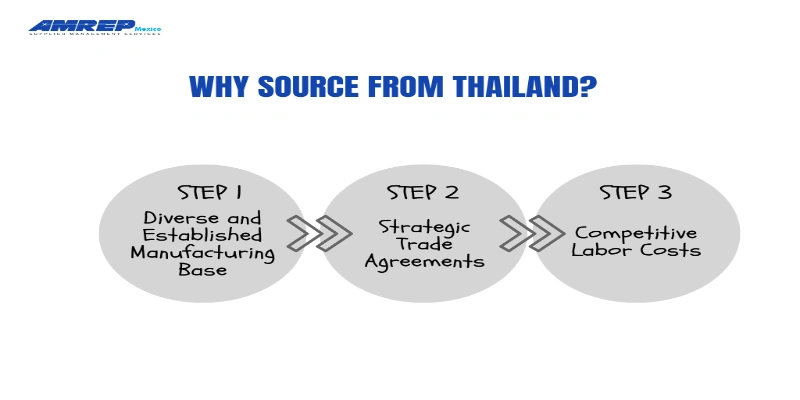
1. Diverse and Established Manufacturing Base
Thailand is known for its strengths in multiple sectors, including:
- Automotive and parts
- Electronics
- Food processing
- Textiles and garments
- Handicrafts and furniture
The country also offers vertically integrated supply chains for many industries—meaning you can often find everything from raw materials to final packaging in one place.
2. Strategic Trade Agreements
Thailand has free trade agreements (FTAs) with countries across Asia-Pacific, the EU, and more. It's a member of ASEAN and part of the RCEP (Regional Comprehensive Economic Partnership), which opens up tariff advantages and smoother customs procedures for global importers.
3. Competitive Labor Costs
Labor costs in Thailand are generally higher than Vietnam or Bangladesh but lower than China. With this balance, many buyers find that Thai-made products offer better value for money, especially for medium-to-premium quality ranges.
How to Find Reliable Thai Suppliers
Sourcing the right supplier is crucial for building a long-term, scalable supply chain. Here’s how to begin:
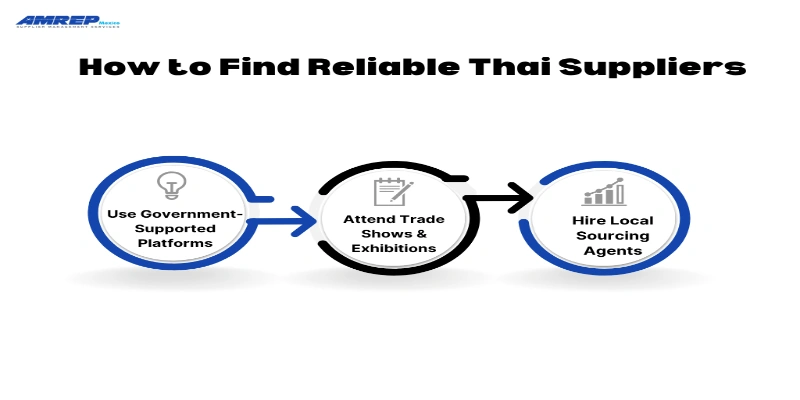
1. Use Government-Supported Platforms
- ThaiTrade.com – Run by the Department of International Trade Promotion, this is Thailand’s official B2B marketplace.
- Thailand Trust Mark (T Mark) – Indicates suppliers who meet high standards of quality, environmental responsibility, and labor compliance.
2. Attend Trade Shows & Exhibitions
Thailand hosts several key trade events:
- STYLE Bangkok (lifestyle, furniture, and fashion)
- THAIFEX – Anuga Asia (food and beverage)
- METALEX Thailand (machinery and industrial equipment)
Trade shows offer firsthand access to vetted manufacturers, product samples, and trend insights.
3. Hire Local Sourcing Agents
Working with a sourcing agent based in Thailand can be a great option if you're:
- Not fluent in Thai
- New to international logistics
- Handling large or complex orders
These agents can help with supplier identification, negotiation, factory audits, and shipment coordination.
How to Communicate and Negotiate Effectively in Thailand
Building long-term supplier relationships in Thailand requires a good grasp of local business etiquette and values. Here are some cultural insights that will help you succeed:
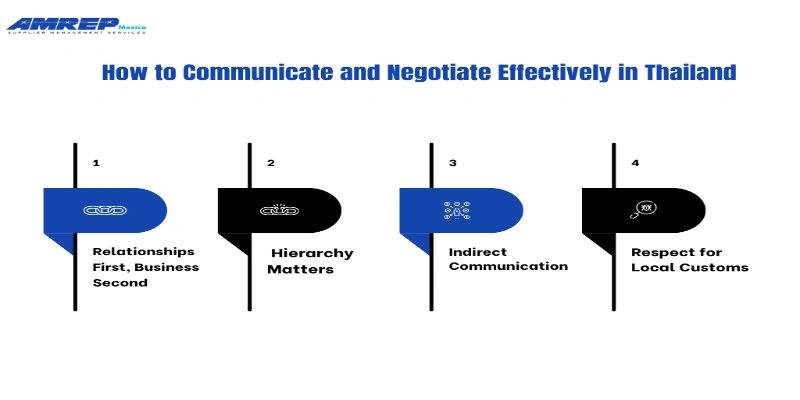
1. Relationships First, Business Second
Thais value trust, harmony, and personal relationships in business. Cold outreach with aggressive negotiation won’t get you far. Invest time in face-to-face meetings, polite communication, and mutual respect.
2. Hierarchy Matters
Thai businesses typically operate in a top-down structure. Decisions are made by senior executives, not mid-level staff. If you're negotiating, make sure you're speaking to someone with authority.
3. Indirect Communication
Thais often avoid direct confrontation or saying “no.” This can sometimes lead to misunderstandings, especially when discussing delays or problems. It’s important to read between the lines and ask clarifying questions gently.
4. Respect for Local Customs
Take note of Thai holidays, especially Songkran (Thai New Year in April) and Loy Krathong (usually in November). These periods can slow down operations. Always plan around them.
What Types of Suppliers Will You Find in Thailand?
When sourcing, you'll come across three main types of suppliers:
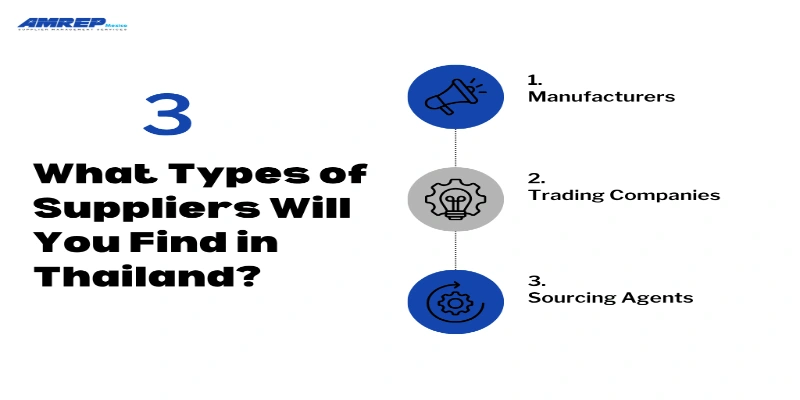
1. Manufacturers
These are factories that own the production facilities. They usually offer better pricing and control over quality, but may require higher MOQs (Minimum Order Quantities).
2. Trading Companies
These intermediaries source from multiple factories and are good for buyers seeking flexibility or small orders. However, transparency and control may be lower.
3. Sourcing Agents
Agents based in Thailand can help you identify suppliers, negotiate, and manage quality control. They often charge a commission (5–10%) but can save you time and reduce risk.
Pro Tip: If you're new to the market, working with a trusted sourcing agent or third-party inspection firm is a good starting point.
How to Verify Thai Suppliers Properly
Avoid costly mistakes by vetting your suppliers thoroughly.
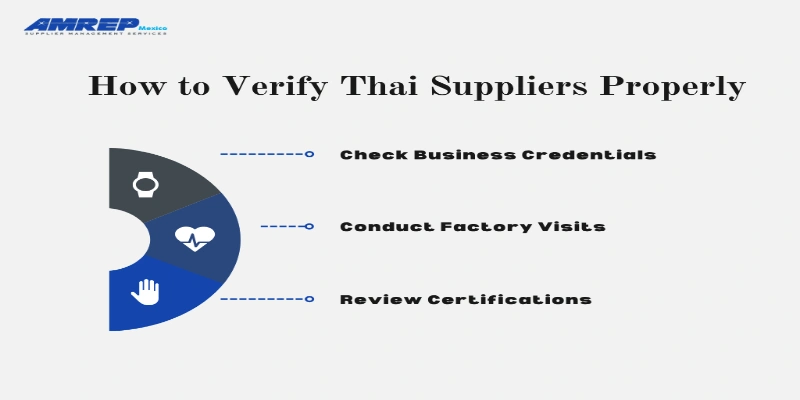
- Check Business Credentials Request the Thai business license and tax ID. Cross-check with Thailand's Department of Business Development (DBD).
-
Conduct Factory Visits
Visit in person or hire inspection services like:
- Intertek
- SGS
- Asia Quality Focus
- QIMA
-
Review Certifications
Look for relevant certifications:
- ISO 9001 (quality management)
- GMP / HACCP (food and cosmetics)
- Oeko-Tex / GOTS (textiles)
What Could Go Wrong? Common Sourcing Pitfalls to Watch For
New importers often encounter these challenges:
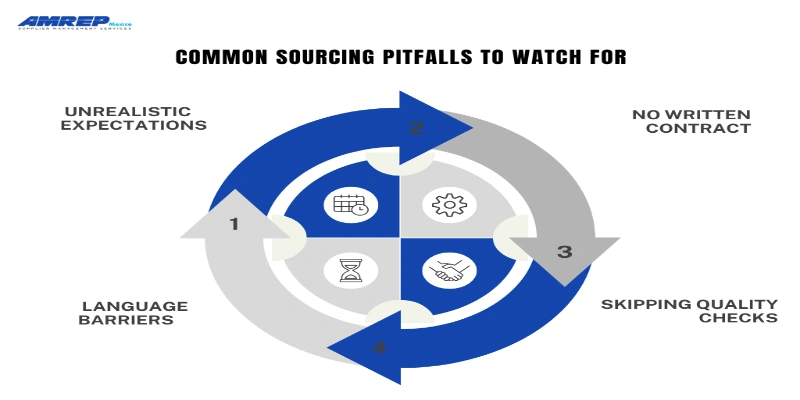
- Language Barriers English isn’t always spoken at the factory level. Use visuals and clear documentation to avoid miscommunication.
- Unrealistic Expectations Thailand specializes in value and quality—not ultra-cheap goods. Set reasonable expectations for price and lead time.
- No Written Contract Always secure a detailed purchase agreement outlining specs, timelines, penalties, and payment terms.
- Skipping Quality Checks Don’t rely on promises. Always inspect your goods before shipment using in-house or third-party QA.
How Should You Negotiate and Handle Payment Terms in Thailand?
Negotiations in Thailand focus more on relationships than aggressive bargaining.
Negotiable Areas:
- Price (within limits)
- Payment terms
- Production lead times
- Product customization
Common Payment Methods:
- 30/70 split (30% deposit, 70% before shipping)
- Letter of Credit (LC) for large orders
- Telegraphic Transfer (TT) for standard transactions
Always pay through verified business accounts, never personal ones.
What Should You Know About Shipping and Logistics from Thailand?
Understanding Thailand's logistics capabilities is essential for setting realistic delivery expectations and managing costs across international supply chains. Key considerations include:
1. Port Infrastructure
Laem Chabang Port handles over 60% of container traffic and is ranked among Southeast Asia’s top 10 ports. Bangkok Port is suitable for smaller shipments.
2. Shipping Terms and Lead Time
Lead times range between 30–60 days, depending on order size. Popular Incoterms include FOB, CIF, and EXW.
3. Logistic Partners and Freight Forwarders
Thailand is home to international logistics providers such as DHL, DB Schenker, and Kuehne + Nagel. Local freight brokers can offer cost-effective solutions for SMEs.
When Does It Make Sense to Use a Sourcing Agent in Thailand?
A local sourcing agent can add significant value, especially if:
- You don’t speak Thai
- You’re managing multiple suppliers
- You need quality assurance on the ground
Services Often Include:
- Factory vetting
- Price negotiation
- Sample coordination
- Quality inspections
- Logistics support
Choose agents with proven experience and no conflicting factory ties.
To ensure you're working with a reliable manufacturer, it’s essential to conduct a thorough evaluation. Learn what a supplier audit is and why it matters before production starts.
How Can You Protect Your Legal and IP Interests in Thailand?
Protect your interests with proper documentation.
1. Bilingual Contracts Have contracts written in both English and Thai for enforceability. Consider hiring local legal experts like:
- Tilleke & Gibbins
- Siam Legal
- Baker McKenzie Thailand
2. IP Protection Tips:
- Register trademarks and designs in Thailand
- Use NDAs and non-compete clauses
- Limit sharing of product designs in early discussions
What Are the Tips for First-Time Buyers in Thailand?
To make your first experience smooth and successful, keep the following tips in mind.
| ✅ Do This | ❌ Avoid This |
|---|---|
| Build long-term relationships | Focusing only on lowest price |
| Conduct factory audits | Relying solely on email communication |
| Use bilingual contracts | Skipping written agreements |
| Pay via traceable methods | Using informal transfers |
| Partner with local professionals | Sourcing blindly |
For a seamless start with your new supplier, don’t miss our Supplier Onboarding Checklist: A Guide to Smooth Transitions —it covers every step you need to ensure a smooth working relationship from day one.
Turn Insights into Action with AMREP Mexico
Thailand offers strong potential for businesses looking to source quality products from a reliable, strategically located market. With a proactive approach and cultural understanding, your first experience can lead to long-term, profitable partnerships.
At AMREP Mexico, we help businesses like yours navigate the complexities of international sourcing with confidence. From supplier qualification and factory audits to quality control and source inspections tailored to your product and industry, our team ensures every step of your Thailand sourcing journey is built on trust, transparency, and performance.
Let’s connect and explore how we can help you build a stronger, more reliable supply chain starting in Thailand.
